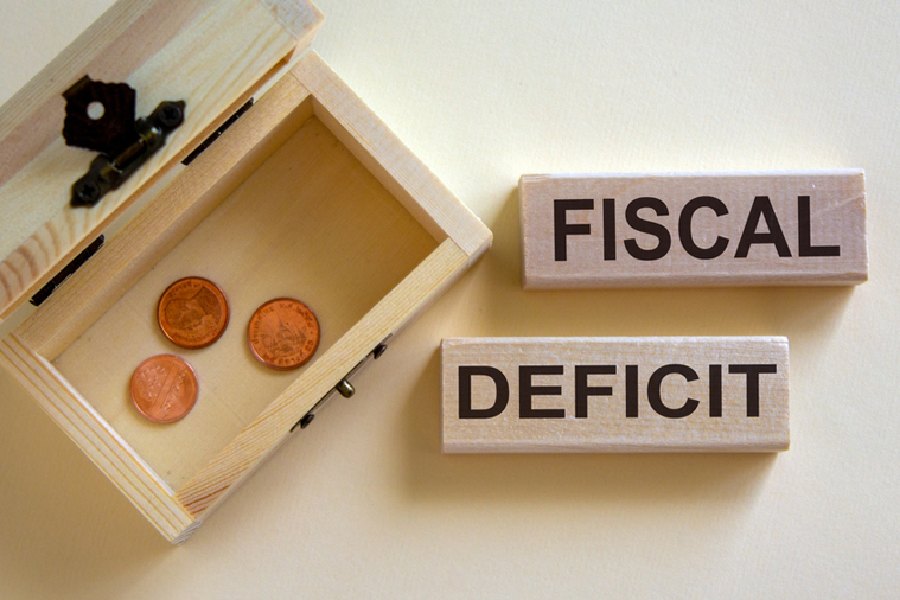The first budget of the new coalition government had to acknowledge global and domestic economic forces. The global environment is replete with shocks due to multi-regional wars, trade tensions and elevated costs of capital.
Several emerging nations with bloated liabilities exacerbated by Covid-era spending have succumbed to economic crises. As a country, our first order of business was to shore up confidence in our economic resilience. By ensuring fiscal deficit is set on a moderating glide path: 4.9 per cent in 2024 and 4.5 per cent in 2025, concerns of macroeconomic fragility ought to be assuaged.
India achieved an impressive 8.2 per cent GDP growth in FY 2024, driven largely by government capital expenditure.
The thrust on capex will likely continue as the budget allocated ₹11.11 trillion versus ₹9.5 Trillion spent last year. Private investment is also on an upswing, according a survey conducted by Axis Bank.
However the key component of GDP - household consumption - is lagging and grew only 4 per cent.
Empowering consumers with money to spend is critical to sustaining India’s rapid growth. More and better paying jobs are needed to fund spending. The unemployment rate, which ballooned during Covid, and continues to hover in the range of 8 per cent is high for a fast growing economy.
In incentivising new employment by ₹15,000 and encouraging employers through a slew of initiatives, the cost of labour and the competitiveness of labour-intensive businesses should strengthen over the medium to long term. Better paying jobs require better skilling, and skilled workers is the bulwark for India’s manufacturing ambitions.
The budget creatively structured a youth apprentice program in India’s 500 best companies. Skilling a productive workforce necessitates a better alignment between industry and academia and hopefully this budge will nudge a culture of such collaboration.
The budget discussed floods and landslides at length while allocating funds for the ravaged territories in several states.
The increasing incidence of calamities is a consequence of climate change and while some areas of energy transition to renewables were addressed, establishing a well-funded climate change mitigation reserve, to fund post-disaster recovery, enhance our green cover and aid climate resilient agriculture that mitigates food inflation is a long term investment that our country needs to make.
India’s equity markets have been buoyant and investors have been rewarded. The Finance Minster enhanced capital gains for listed equities. While this may subdue equity markets temporarily, it will do little to dampen the energy and strength of India’s corporate sector growth.
Capital gains from sale of financial and non financial assets will likely be an increasing contributor to budget receipts and it reflects asset price appreciation of a burgeoning economy.
For middle class tax payers, the budget enhanced the tax slab that should results in tax savings.
Many such individual savings of the massive Indian middle class, when aggregated and directed towards the consumption of goods and services, will engender sustainable growth to the economy.
Rudra Chatterjee is MD, Luxmi Group











